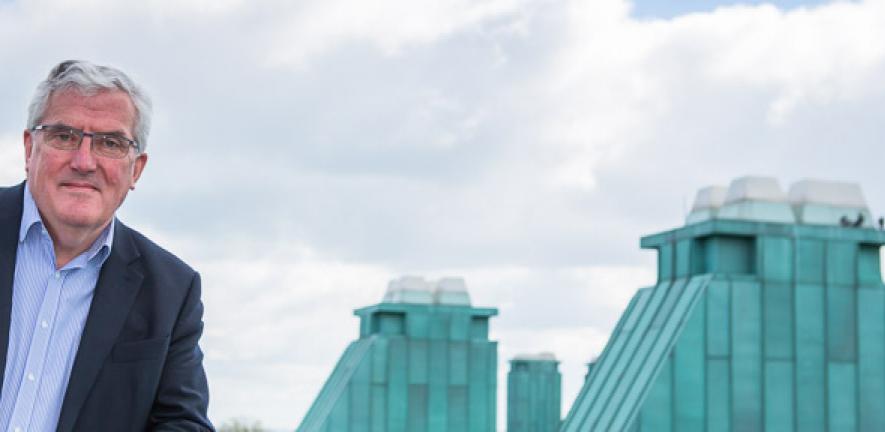
As part of the initiative a new network of air quality sensors will be deployed across the capital, measuring harmful pollution in tens of thousands of locations. Findings from the project will be shared with other cities across the UK and globally, including the C40 Cities Climate Leadership Group.
From July onwards, more than a hundred low-cost air quality sensors will be attached to lampposts and buildings in the worst-affected and most sensitive locations in the capital. These fixed sensors will be deployed alongside mobile sensors carried by Google Street View cars taking readings every 30 metres.
"I’m very excited that we are involved in this project. Many factors influence air quality and by combining fixed and mobile monitors, and sampling air quality at so many locations, we will get a much more accurate picture of what is going on in London and eventually many cities world-wide." Professor Rod Jones.
It is hoped that the resulting 'hyperlocal' network of sensors will create the world’s most sophisticated air monitoring system. Improving the monitoring of London air quality in this way should help identify those initiatives that make the biggest contributions to cutting air pollution.
The Department of Chemistry is a pioneer in the use of low-cost sensors for the measurement of air quality and our researchers have used them in projects at Heathrow airport, in Beijing, and most recently Dhakar. Their role in this project is providing expertise in low cost air quality sensors, and the analysis and interpretation of results from the static and mobile sensor networks.
This initiative brings together a range of partners from academia, industry and charity. It will be run by a team of air quality experts led by the charity Environmental Defense Fund Europe, partnering with Air Monitors Ltd, Google Earth Outreach, Cambridge Environmental Research Consultants, the University of Cambridge, the National Physical Laboratory and the Environmental Defense Fund in the United States. King’s College London will also be undertaking a linked study focused on schools that will form part of the year long project.
According to the Mayor of London’s office, London already has one of the best networks of air quality monitors of any city. However, it does not cover enough of the capital. More sensors and more data are needed to say for sure which actions to tackle pollution are working best.
More sensors will also help to explain how air quality changes not just because of the amount of traffic, but also because of other factors such as the weather and the topography of the capital.
Online maps showing data in real time will be created, giving Londoners information on just how dirty the air they breathe really is as they move around the city. New tools like this will help the capital take action to tackle the most dangerous environmental threat to their health.
"This project will provide a step change in data collection and analysis that will enable London to evaluate the impact of both air quality and climate change policies and develop responsive interventions," says Baroness Bryony Worthington, Executive Director for Environmental Defense Fund Europe.
"A clear output of the project will be a revolutionary air monitoring model and intervention approach that can be replicated cost-effectively across other UK cities and globally."
Professor Rod Jones from the Department of Chemistry says: "I’m very excited that we are involved in this project: addressing air pollution in cities is a vital but complex challenge.
"Many factors influence air quality and we are looking forward to working alongside our partners on this project as we know that by combining fixed and mobile monitors, and sampling air quality at so many locations, we will get a much more accurate picture of what is going on."
He adds: "I’m particularly excited by the potential of this project to be repeated in other megacities worldwide that have critical air pollution problems."

